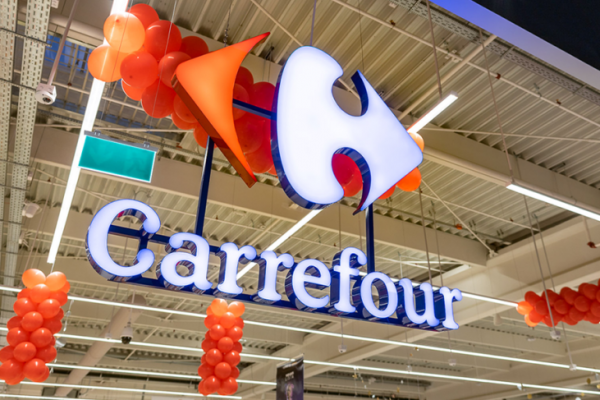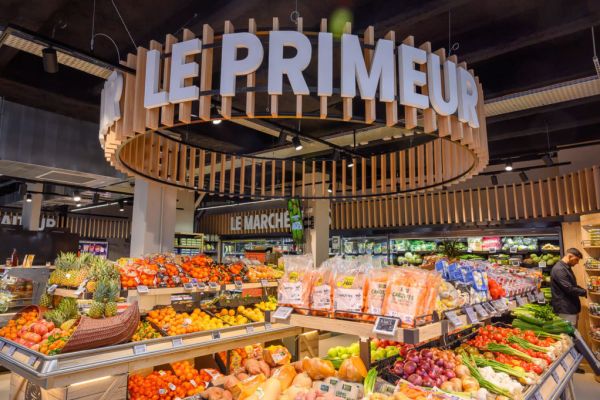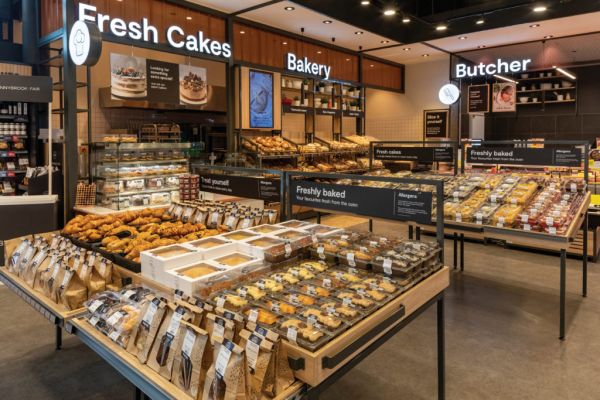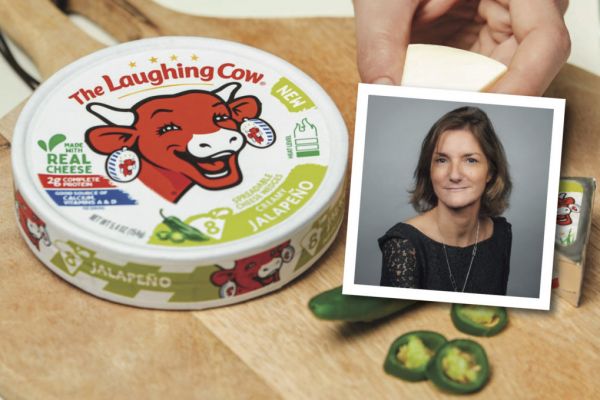Artificial intelligence has rapidly impacted many industries, making business owners curious about its potential and scalability. Emily Newton reports.
Applying artificial intelligence (AI) in supermarkets has the potential to boost profitability, elevate customer satisfaction and reduce overstocks, with many emerging possibilities already having delivered intriguing results.
1. Shape Supermarkets’ Recipes
Supermarket buyers face the challenging but exciting task of deciding which goods to sell. These professionals also understand the importance of offering customers tasty, exclusive items.
Decision-makers at British supermarket chain Waitrose took that approach when developing a new Japanese-inspired product line (pictured). Martyn Lee — the company’s executive chef — explained how the typical product development process previously involved examining market research data to identify customer trends.
Although those reports had high-quality information, everyone in the supermarket industry used them, making it hard to gain a competitive advantage.
However, the increased availability of AI in supermarkets gave Lee and his colleagues a better option. Waitrose invested in an artificial intelligence platform that provided valuable details about the rising popularity of Japanese cuisine as a social topic and some of the most popular flavours.
Executives combined the trends from the AI grocery store app with internal sales data to gauge whether potential products would go over well with customers. Such capabilities let them know where to invest efforts and which possibilities to consider less important.
2. Find Soon-To-Expire Products
When grocery store personnel can interest customers in goods expiring soon, such opportunities create win-win situations. Shoppers appreciate deeply discounted items that still taste great, and store executives support the bottom line by figuring out how to move those products rather than throw them away or donate them.
That said, employees must first find all those nearly expired goods to capitalise on them. AI grocery store applications can assist them.
Too Good To Go is a Danish-based app that got its start addressing food waste by partnering with stores and restaurants. It enables those businesses to find customers willing to buy food before it expires for reasonable prices. Recently, though, the organisation has expanded by focusing on AI in supermarkets.
Its new software relies on artificial intelligence to assess products’ likelihood of selling. The tool then uses those specifics to suggest discounted prices as consumables near expiration dates. This process results in workers only needing to manually check 1% to 7% of goods to find the short-dated items.
A trial at an unspecified French supermarket chain resulted in that grocery store overhauling its discounting process for nearly-expired cheeses. The former approach was to sell cheeses at 50% off nationwide, once they were within two days of going out of date. However, the AI grocery app enabled a more granular strategy, accounting for factors such as region and seasonality.
AI works well for applications requiring large quantities of data — and most grocery stores certainly do. Consider how more than 300,000 worldwide companies use ANSI EDI transaction codes to send and receive bulk business data. These contain brand names, item numbers, prices and more, ultimately ensuring the accurate transmission of grocers’ business data.
3. Introduce An AI Grocery Store Robot
Many grocery store customers do not realise the in-depth processes required to get their favourite products from source to shop. For example, milk only takes a few days to arrive in stores after it comes from dairy farms.
Many applications of AI in supermarkets exist, but how could grocery professionals use the technology to move beyond those physical stores and go directly to consumers?
Carrefour executives explored an option for AI grocery store deliveries in a corporate complex with 9,000 workers in the Belgian market. The team launched a service through which the facility’s employees could choose from 500 food items and have those goods sent to them by robots.
The store’s offerings — such as salads, fruit and sandwiches — catered to people who needed quick, healthy food options without leaving their workplaces. Depending on the trial results, leaders may expand the service to large cities, as well as smaller ones outside current home delivery networks. The products would travel from stores to houses in 15 minutes in those cases.
It is easy to imagine the potential of these robots. Circumstances such as child care responsibilities, a lack of transportation or physical injuries can make visiting grocery stores in person difficult, impossible, or unappealing. Carrefour’s leaders showed how AI can address that reality and bring welcome convenience to more shoppers.
Imagine The Possibilities Of AI In Supermarkets
These three real-world examples should give plenty of inspiration for tapping into artificial intelligence to enjoy enhancements at the customer-facing and internal-process levels.
Now that you have some ideas, consider taking the next step by thinking about how AI could address known needs and challenges.
Setting some broad goals and specific plans will eventually get all applicable parties involved and excitedly thinking about the future of bringing this technology to more grocery stores in increasingly diverse ways.
Article by Emily Newton, Revolutionized.














